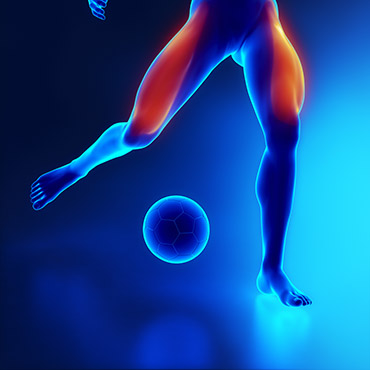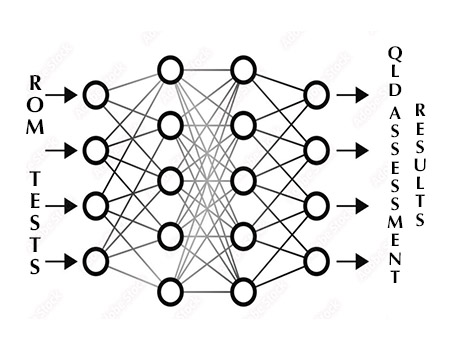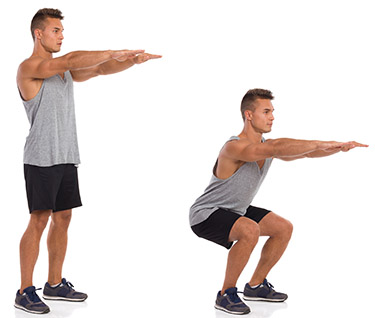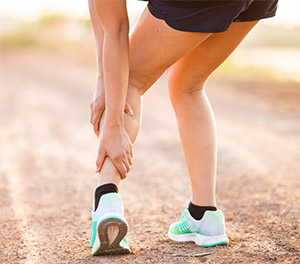Limited Performance?
Only the FitAssess Dynamic Movement Analysis
Will Uncover Actual Muscular RestrictionsThat Hinder Performance!

Musculoskeletal problems that go undetected often lead to bodily compensations that can limit your movement and your ability to perform at high levels.
The FitAssess DYNAMIC MOVEMENT ANALYSIS is the most accurate system available to uncover actual muscular restrictions in the entire body that limit high-level performance. It identifies each muscle group and range of motion that is restrictions in motion and provides a detailed analysis of potential spinal stress points.
The Advanced FitAssess Dynamic Movement Analysis is web-based and available on a computer or tablet!
The FitAssess System analyzes every muscle and muscle group in the body through 44 proprietary Range-of-Motion tests that look at 178 individual skeletal muscles across more than 1,000 possible Range of Motion affiliations.

SOME OF THE COMPANIES WE"VE WORKED WITH!


The DHS FitAssess Dynamic Movement Analysis uses the 44 Range of Motion tests to uncover limitations in muscular movement in each ROM, in real-time. It analyzes each of the muscles involved in each ROM and cross references muscular restrictions to other ROM restrictions - identifying potential compensations and pain points!
FitAssess provides a complete muscular movement analysis report that identifies areas of restriction and a percentage constraint ranking for each. For example, Left Shoulder - 50% Restriction of Movement; Right Ankle - 35% Restriction of Movement. The report also lists each of the Range of Motion tests that provided the greatest percentage of constraint and the muscles involved.
FitAssess been proven through hundreds of individual evaluations, including amateur and professional athletes, sports teams, active fitness and sport enthusiasts and senior citizens.
The FitAssess Assessment System Uses Advanced AI, Deep-Learning,
Neural Network Technology

FitAssess utilizes advanced AI, Deep-Learning Neural Network algorithms to continuously analyze, in real-time, the results of each of the 44 Range of Motion tests.
As each ROM exam is completed, the AI engine recalculates and analyzes possible muscular restrictions while the Deep-Learning Neural Network algorithm looks for skeletal muscle interactions, muscular interactions and possible compensations across the body.
The FitAssess Muscular Assessment Measures Both
Open and Closed Kinetic Chains!
It is imperative that any analysis of muscular structures potential impacted areas consider both Open and Closed Kenetic chains.
"Open" is when the part of the body you're moving (typically a limb) is loose in space. In other words, the hand or foot is free to move and not pressing against a surface. This allows a muscle or muscle group to act in isolation.
"Closed" is when the body part you're using (as in the SQUAT example) is fixed against a hard, unrelenting surface, such as movement occurring at multiple joints and multi-joint axes or
simultaneous movement of more than one joint segment.

Muscular Compensations May Hide the True Impact!

The symptoms and exact location of potential muscular impacts can vary - and can also spread from one joint or muscle region to other areas of the body.
Our body communicates with us all the time. A change in one part of the muscular system will usually cause the body to attempt to return to equilibrium, resulting in compensations or adaptations elsewhere in the system.
An ankle sprain may go away after a while, but the body may compensate for the sprain by adding more work and activity to the opposite knee and hip - leading muscular impacts far away from the original cause.
Only FitAssess is able to identify the actual locations of muscular compensations leading to reduced performance through comprehensive Range of Motion exams and the AI, Deep-Learning algorithms.
